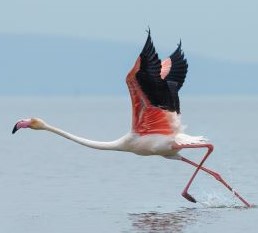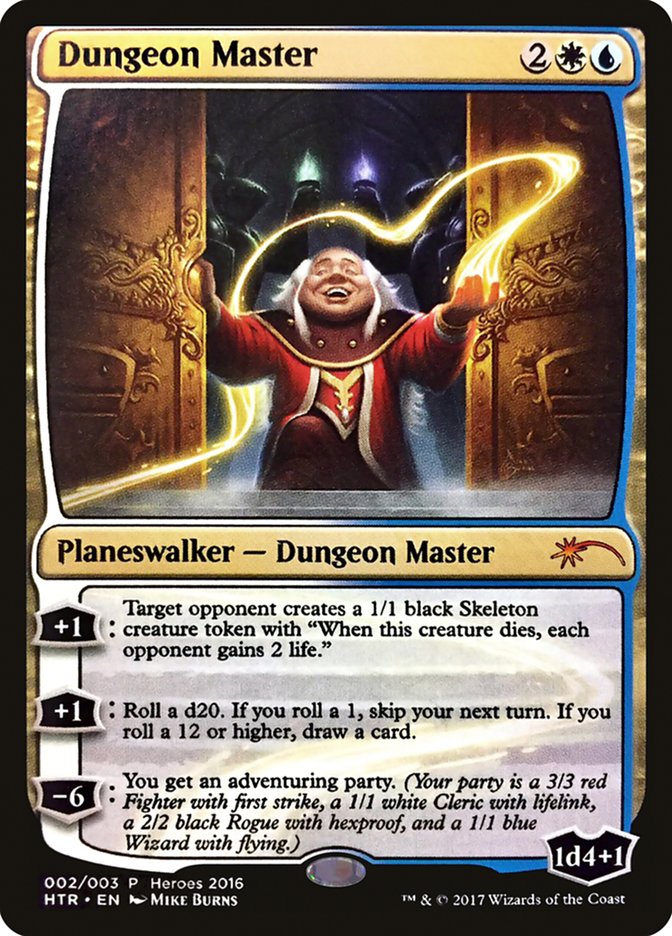
Cuppat by Naelín
The elusive cuppat is a dangerous and coveted inhabitant of the jungles of the
Haan Archipelago, especially the smallest ones in the most humid climates, mainly in the island of
Stunveldt and the
Delta of Many Birds in
Thaur Island, but also being rarely found in
Ruh and
Dhalmain.
They are mainly known for the use of their skin and bile as the main ingredient of
Cuppat's dust, a psychoactive drug used as "creative fuel" by artists.
Physical aspect
Slightly smaller than a
trelis, cuppat are reptiles with a green, extremely toxic skin, decorated with bright red and blue patches.
Their thick, strong tail is crowned with triangular red scutes, and on their heads they have very small, floppy ears, and a vertical beak that covers a very small portion of their top mandible, and extends back on their lower jaw.
Extending through their right flank, cuppats have a cavity that opens above the shoulder, where they store their love dart for the mating season.
Behaviour
Cuppats are skittish, elusive herbivores that feed on roots, tubers and mossy barks they dig up with their beaks, supplementing their diet with thick leaves and some insects.
They are good climbers, but they tend to live solitary lives in the lower areas of the jungle, favouring areas with lots of moss and fallen leaves.
Reproduction
This section contains graphic descriptions that may be sensitive for some readers. Hover over the blurred text to reveal it.
Cuppats are a
hermaphrodite species that possess both female and male organs but are incapable of self-fertilization.
During mating season, cuppats seek each other and, upon encounter, will engage in a mating dance with a shocking, violent ending.
Upon recognition, they will position themselves parallel to each other, showing each other their right flank. Prior to mating season, the cavity they have on that side would have swollen as it formed a
love dart, a chitinous structure in the shape of an arrow-tipped spear, with a hard point and a soft body full of a special toxin they will try to inject on their partner.
The cuppats will engage in a sort of circular dance, showing each other their prepared love dart. The circles will get smaller as they try to find an opening to stab the other.
Once they get sufficiently close, the tension will rise until the careful circular steps turn into a short, violent and sometimes bloody skirmish, as the cuppats try to immobilize their opponent with their claws and beak until one manages to drive their spear into the other.
The second this happens, muscles around the love dart's cavity contract, shooting it inside the other cuppat's body.
The love dart's toxin acts in seconds, paralyzing the outer muscles in the front right quarter of the victim where the dart is stuck, disarming them and making them unable to escape.
The winner mates quickly, fertilizing their partner and then flees. The toxin's effect disappears in less than two minutes.
Love darts take weeks to regenerate, a period during which they will rarely manage to win a fight against an armed opponent.
About a month after mating, cuppats lay between 8 and 30 eggs buried in nests made out of decaying plant matter. These will hatch around three months after being laid, ready to fend for themselves.
The cure to writer's block
Cuppats are best known for their use in the manufacturing of Cuppat's Dust, a coarse green dust made grinding down the dried skin of cuppats, and mixing it with their bile and some other ground organs, as well as several additional ingredients.
When consumed orally, it generates what's known as a "creative ecstasy": The user enters a trance in which they will feel no hunger or tiredness and their creative ideas start flowing like a torrent.
Cuppat's dust is expensive and highly coveted, making the hunting of cuppats a very lucrative business.







Oo, they have a really interesting way of mating. Does it hurt to be stabbed or does the toxin dull pain as well? I love the art. :D
I'd reply to that with "Yes" :p All the area goes numb quite fast, but I doubt anything can get numb so fast that the creature doesn't feel getting stabbed hahaha